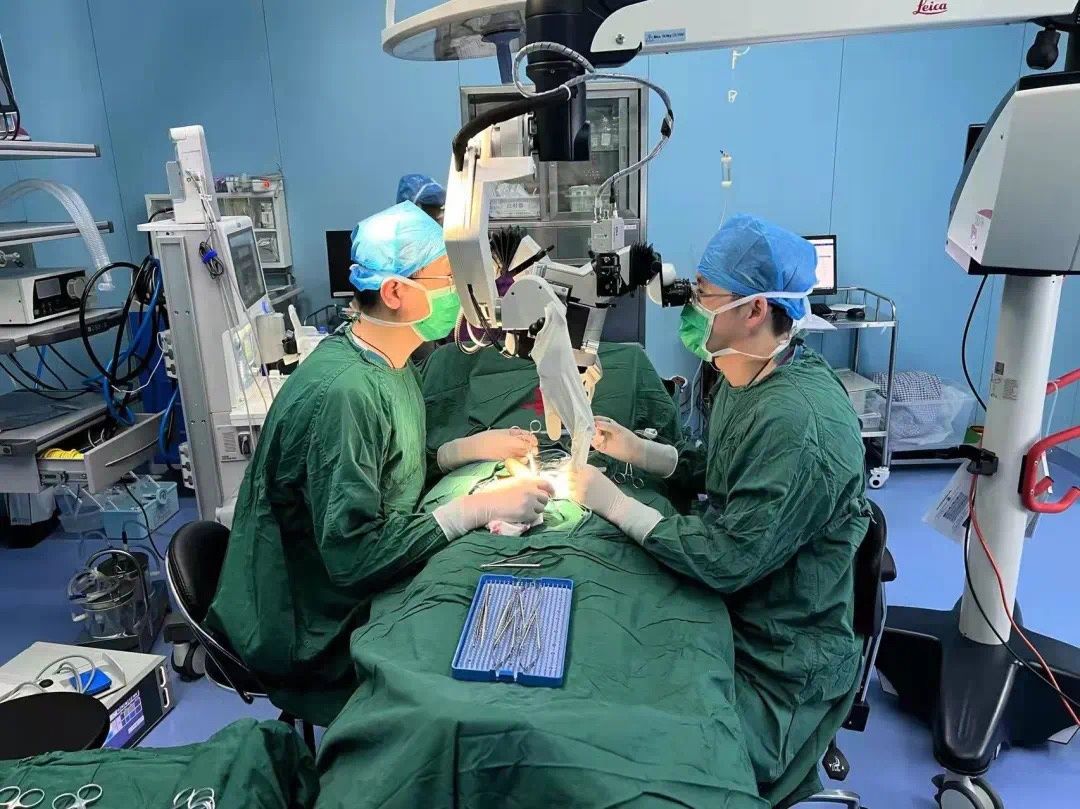The 33-year-old Mr. Li (pseudonym) and his wife had a lively baby and a happy family. At that time, his wife was easily fertile. In addition, due to improper contraceptive measures, his wife had been pregnant many times in the past few years. Being able to have a miscarriage made Mr. Li feel distressed and blamed himself. In order to prevent his wife from suffering again, four years ago, after discussing with his wife, Mr. Li finally made up his mind and took the initiative to go to the hospital for bilateral vasectomy.
After the two-child policy was released, the couple desperately wanted to have another child, but the problem also followed. The vas deferens had been ligated, which meant that the channel for spreading the spark of life had closed, and Mr. Li’s natural fertility Ability becomes the problem! Mr. Li thought to himself: There is no problem with the development of modern medical technology for his body. As long as the doctor “takes back” the vas deferens that he has ligated, it should not be difficult to restore the function of natural fertility.
The couple went to many hospitals for their urological problems, but they were not well resolved. At the beginning of this year, Mr. Li came to the andrology team of the Urology and Nephrology Hospital of Xi’an People’s Hospital and the Fourth Hospital of Xi’an for treatment. Dr. Li Ruixiao performed a bilateral vas deferens anastomosis under a microscope for Mr. Li after a detailed preoperative evaluation. The operation was performed under a high-precision microscope with a 20-fold magnification of the surgical field to better protect the blood vessels. It is safe and reliable. Mr. Li was very satisfied with the results of the review!

According to reports, infertility is a disease that plagues many families in the world today. Trapped here, half of the causes of infertility can be attributed to men. Azoospermia is a common cause of male infertility, with an incidence of 10%-15%, of which about 40% are obstructive azoospermia. There is no effective treatment for obstructive azoospermia in the past, and patients are forced to choose in vitro fertilization combined with embryo transfer technology/intracytoplasmic sperm injection (ICSI). However, there are still some problems with artificial assisted conception, especially in women with ovarian hyperstimulation Syndrome, premature birth, low birth weight, etc. Microscopic vaso-epididymal anastomosis/vaso-vas deferens anastomosis has been shown to be an effective modality for the treatment of obstructive azoospermia.
Xi’an Newspaper All-media Reporter Wang Chao Zhang Lina